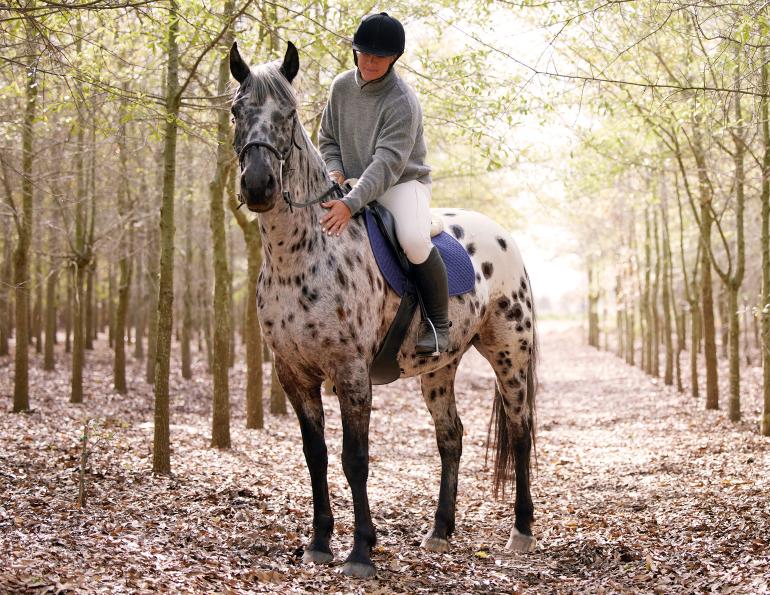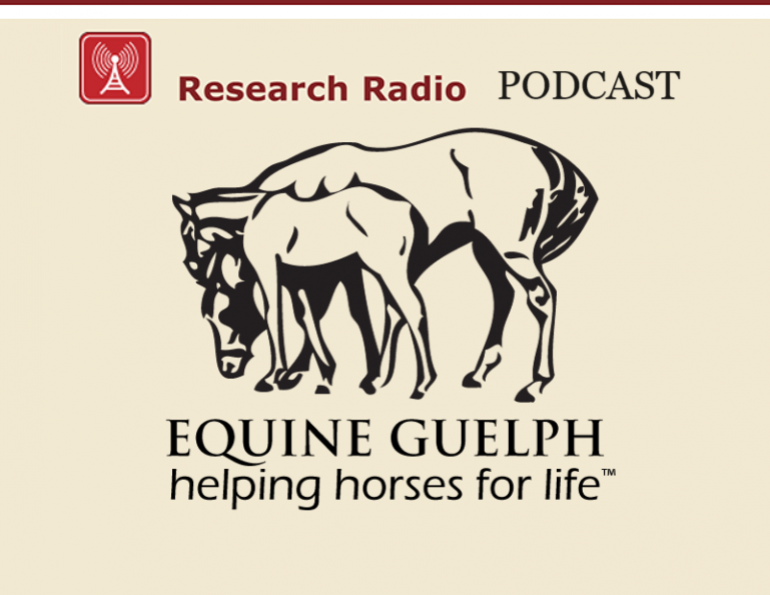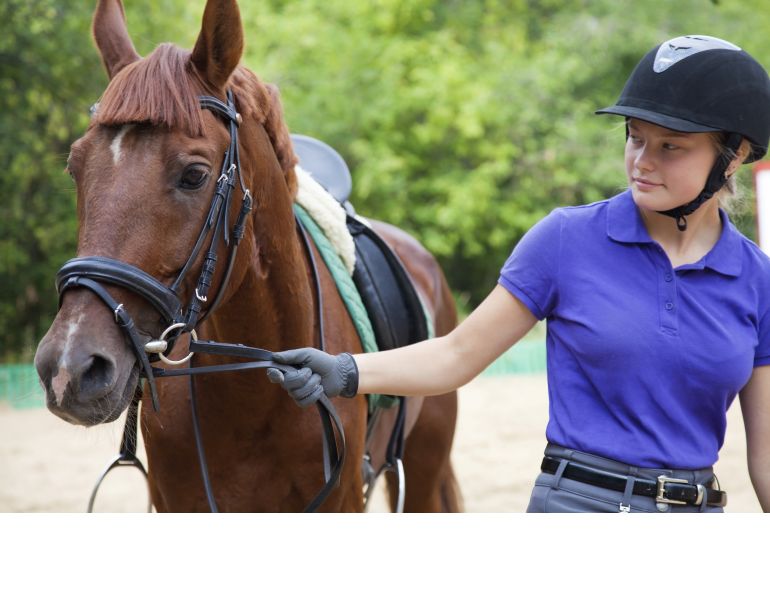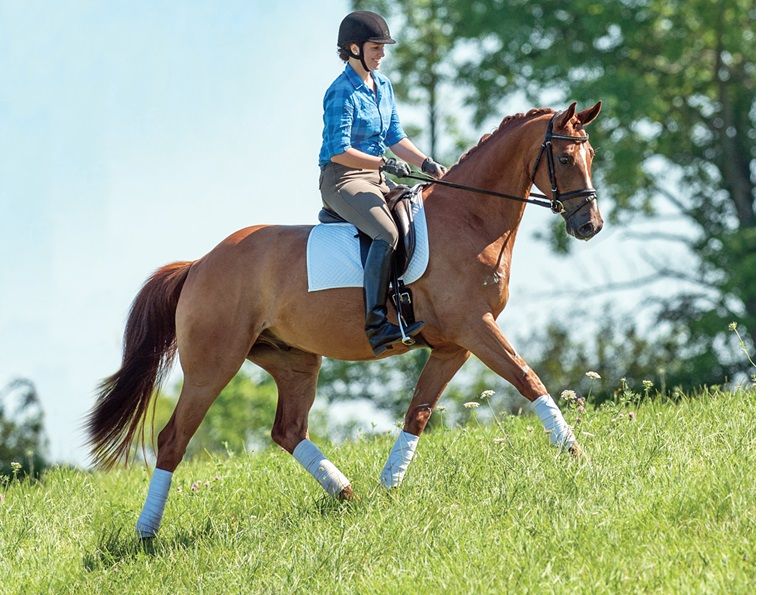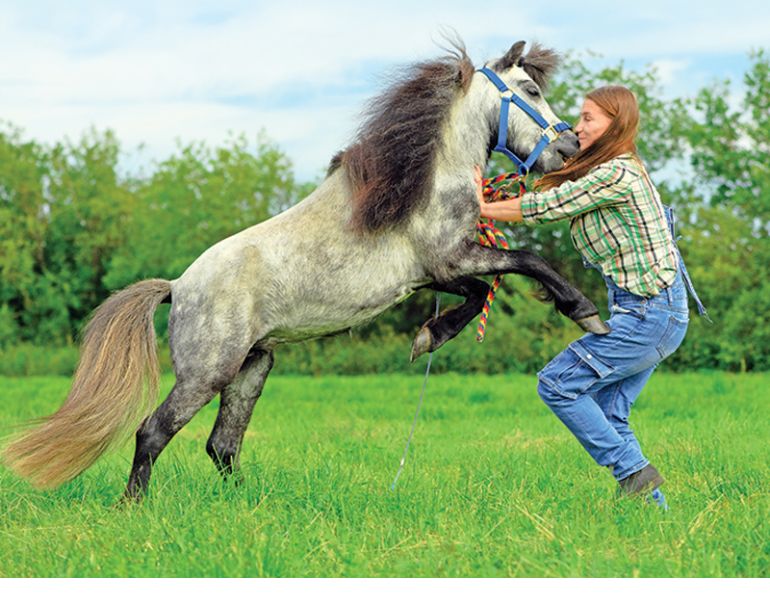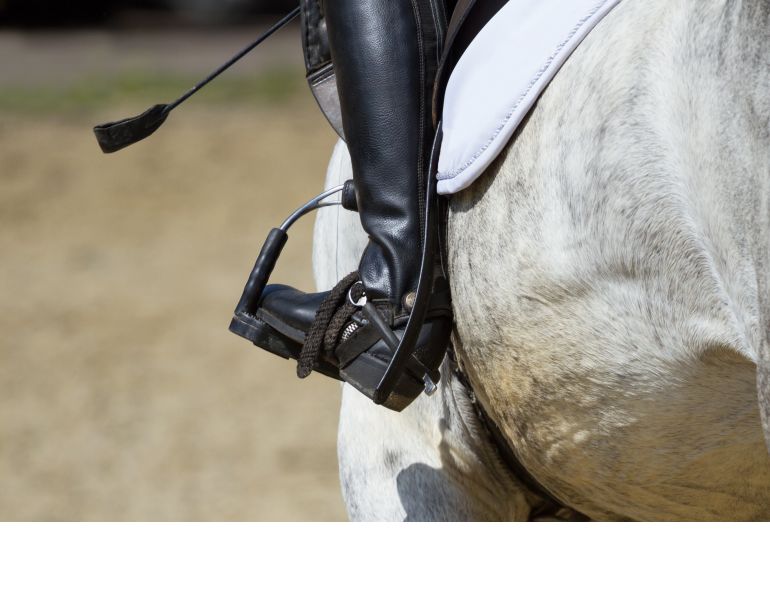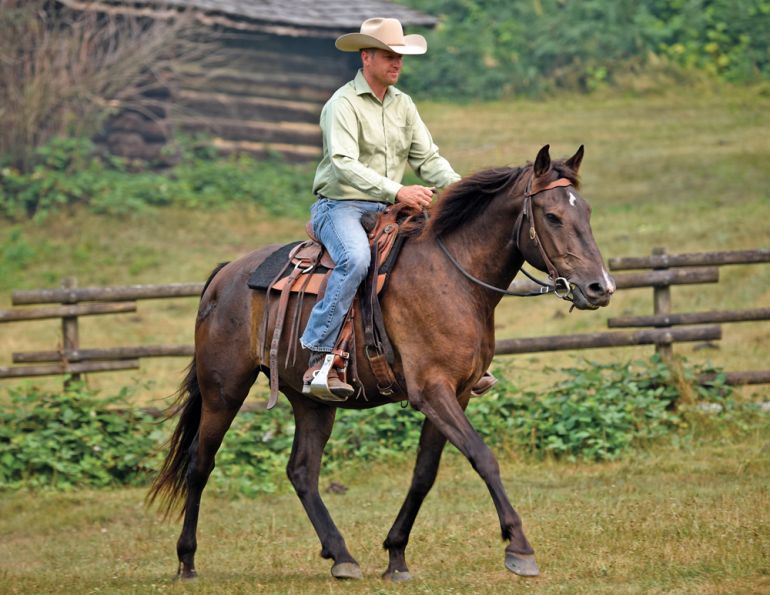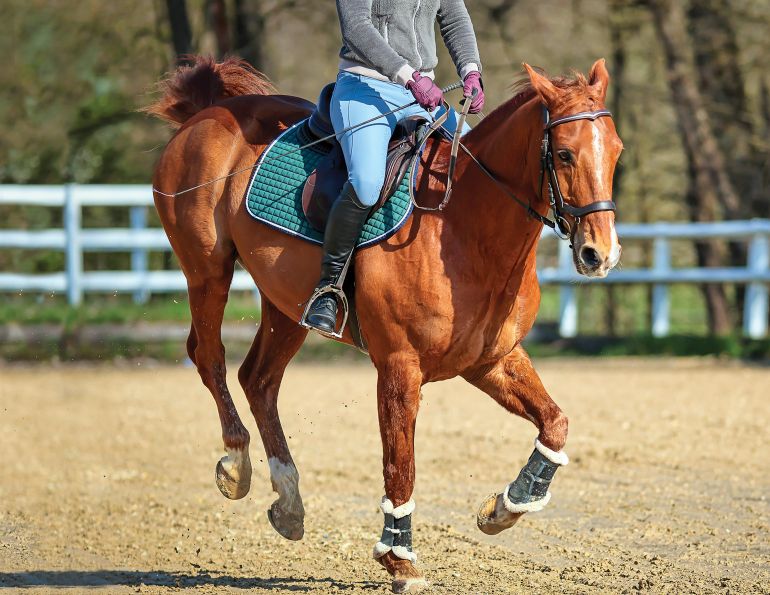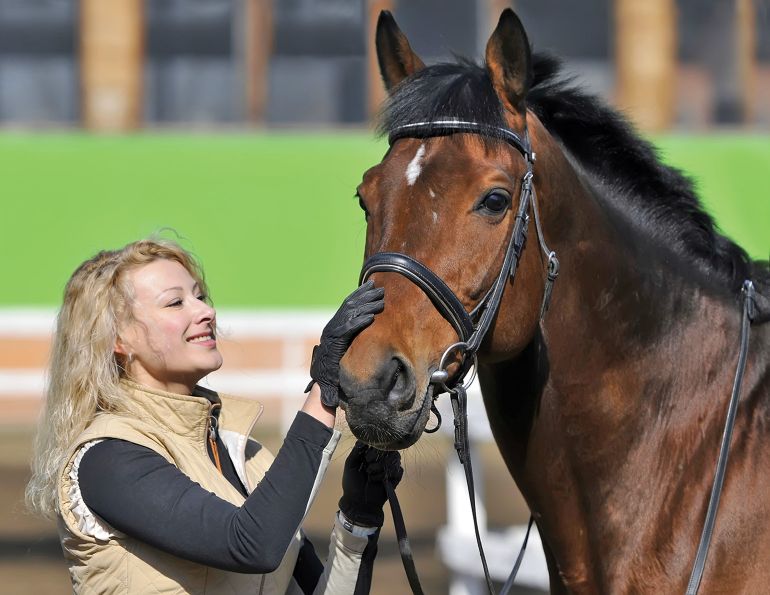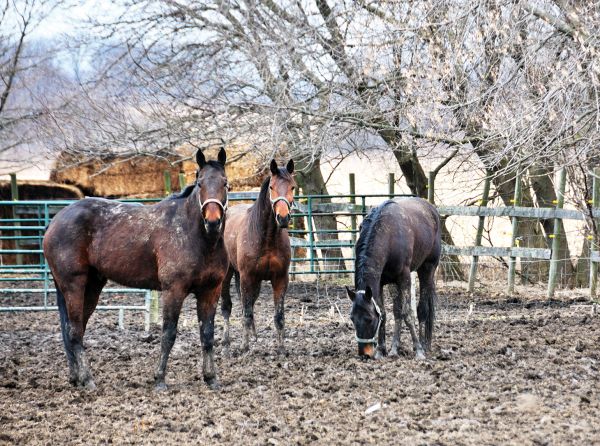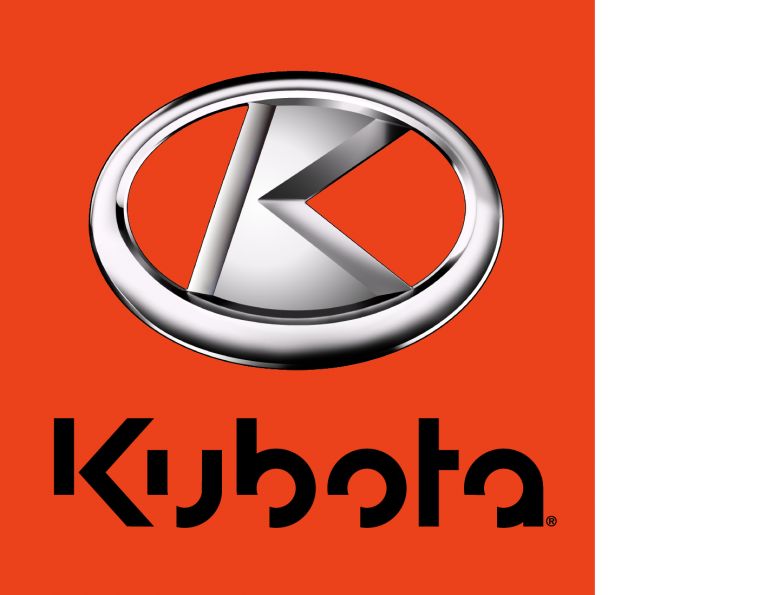By Will Clinging
In another of my horse training articles, I discussed how tension impacts not only the horse’s well-being but also the overall training experience. In this article, I’d like to share a few strategies aimed at encouraging relaxation when a horse becomes overwhelmed.
A major root of tension in horses is anxiety—more pointedly, the horse’s difficulty in coping with it. Anxiety is a genuine emotion, and often horses struggle to manage it effectively. While the source of the anxiety may vary, pinpointing the cause is less critical than helping the horse develop the ability to handle it in a healthy way.
Supporting the horse through anxiety requires attention to both his mental and physical state. Mentally, he may be a low-confidence horse who lacks faith in his own choices. He might fear making mistakes and anticipate punishment, which creates a mindset of worry and defensiveness. This mental tension often triggers a physical response fueled by adrenaline, leading to exaggerated reactions. When adrenaline takes over, the horse cannot reason clearly or find physical relaxation, making it essential to first address his emotional needs
We need to decrease our expectations, increase our tolerance, and most importantly, remove any and all negative emotion from the situation. We also must allow and encourage movement to be slower and more relaxed. Our perception of “correctness” has to be reassessed and our encouragement of effort must increase. If we reward only correct movements from the horse he will continue to fail. At the risk of sounding like a broken record, I believe we need to change our idea of success until we can guarantee to our horse that he is always right. It is the horse’s confidence and willingness to try, regardless of whether he is “correct” or not, that he needs to develop.
Related: Turn Pushy Horses Around with Three Simple Lessons
There is not a specific exercise to work through. The technique we employ is irrelevant. What matters is our intention and our willingness to support the horse whenever he says he needs it. We need to start paying closer attention to the horse; he will tell us when he needs more guidance, when he needs correction, and when he just needs more time to work through a problem. If we give him these things he will develop the responsibility he needs to work through conflict. He will develop the confidence in himself to trust his own judgment. He will learn how to build on small successes to eventually be correct. He will not be afraid to be wrong and will anticipate reward rather than reprimand.
By changing our mental approach to training, we will allow the horse to develop the confidence in himself that is crucial to developing a relaxed horse.
Physically we can support the change in our approach by directing his energy rather than by trying to contain it. We need to start thinking about riding our horse from back to front. Tension develops in the hind quarter, works through the body, and shows up in our hands. We cannot effectively fix it if we cannot recognize where it comes from.
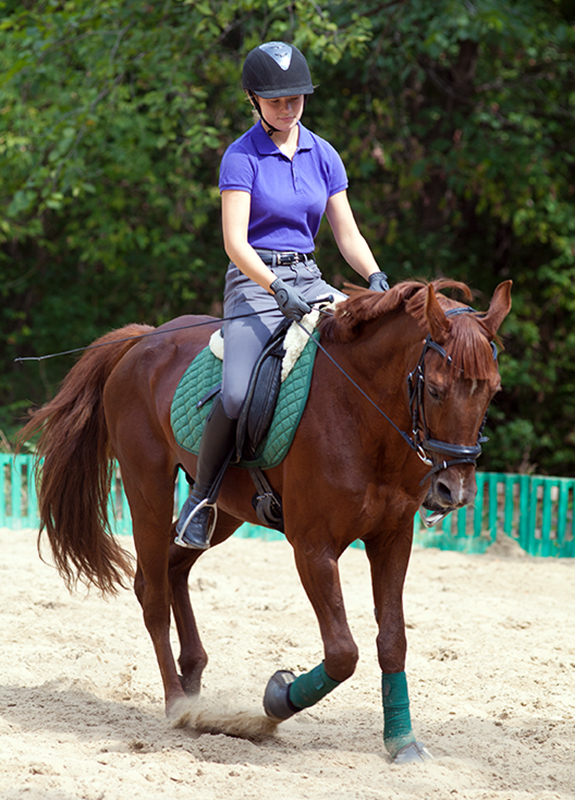
The extra time and effort needed to effectively eliminate tension is worth it when a supple, responsive, reliable horse emerges. Photo: Shutterstock/YanLev
Work on bending and flexing the horse with forward movement will help his body become supple. I encourage the horse to lower his head and neck while still maintaining soft contact with the bit, and work on creating an arc in the body rather than an articulation point at the withers. In order to do that I need to break the body into small pieces: the head, the neck, the shoulder, the rib cage, and the hip. These areas should all be articulation points that, when working together, create a natural bend in the body. When one piece locks up there is tension and imbalance.
Maintaining forward movement is also very important. We want movement with impulsion, but not speed. Movement should be slow and deliberate but we still need access to power. If we have speed, momentum starts to work against us. If we are coasting we are not engaging the body and the horse may have flipped the switch to autopilot.
Think about impulsion as driving your car up a hill. If you don’t keep the gas on you won’t get to the top. When you are at the top of the hill you can coast but coasting won’t allow you to pass the car in front of you. When you start down the other side, if you aren’t careful to be in the right gear your car will start to run away with you because you have too much momentum. With impulsion you can work, when you coast you are not getting anywhere, and if you have a runaway you are in trouble.
There are many good exercises that will help make your horse more supple. In past issues I have written about working in hand and on the lunge line to get a horse started and developing quality in movement (see "Developing Quality in Movement"). Or contact me directly and I can help with your specific situation.
When I ride a horse I am always trying to measure tension and tell where it may be coming from. Then I need to effectively eliminate the tension if I am to progress with the horse’s training. It is very difficult to teach a horse if he is tight through the body and in a reactive frame of mind. As a rider I never feel that I am not accomplishing anything if I have to step back and spend days or weeks dealing with anxiety-based tension. I keep the big picture in mind about what the horse will become when we have worked through the tension and a supple, responsive, reliable horse has come out the other side.
If you do not address tension and anxiety it will continue to get worse — or at least it won’t get better — and could lead to other problem behaviour or an accident with potential to injure horse and rider. I am pretty sure your horse is worth the time it will take.
Related: Before Natural Horsemanship There was Just Horsemanship
Related: Trigger Points in Horses
Main photo: iStock/PeopleImages



